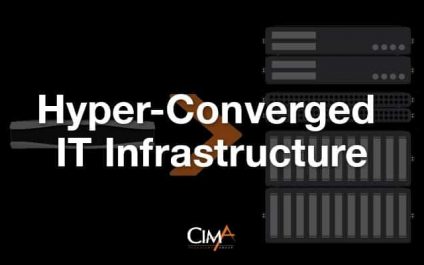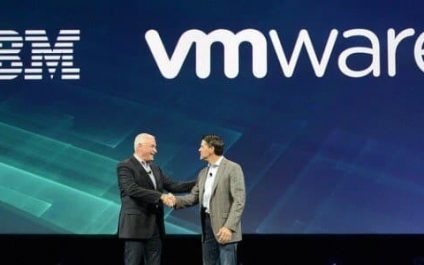In my previous series of blog posts on the software-defined data center, we learned how virtualizing key services within the data center can have important implications for the way today's IT teams operate. However, while the SDDC certainly has its benefits, it's not necessarily the last word when it comes to getting better results from your IT infrastructure.
Blog
Hybrid Cloud – What we can learn from the IBM Growing Up Hybrid report
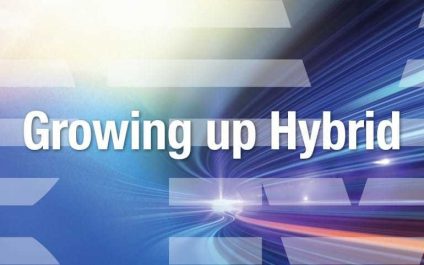
For many IT organizations, interest in hybrid cloud is the highest it has ever been. However, it can often be difficult for these organizations to separate hype from reality. In spite of all the talk, questions still abound: what does a great hybrid cloud environment actually look like? What are the main differences between leading hybrid organizations and others that are less successful? Perhaps most importantly, what kind of benefits do these organizations actually enjoy as a result of their move to hybrid?
Fortunately, the IBM Center for Applied Insights has published a documentfilled with answers.
5 ways to get top results from DRaaS

In our last blog post, we provided a brief introduction to disaster recovery as a service (DRaaS) solutions, as well as a look at the benefits they can provide. Assuming you're now interested in pursuing a DRaaS solution and learning how to deploy one successfully, this post will provide a series of tips, intended to help you get the best results possible from DRaaS. Use these tips, along with professional advice from the cloud services vendor of your choosing, to build a DRaaS environment that's cost effective, flexible, and capable of supporting key business goals.
The benefits of a software defined data center
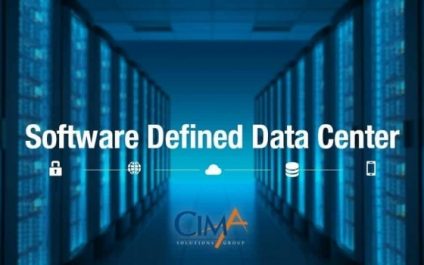
In the first post in this series, we briefly touched on the advantages of deploying a software defined data center, and how it could help IT leaders deliver on the higher expectations placed on them during the cloud era. Now, we’d like to return to that idea, to give you a closer look at the benefits you might hope to achieve by deploying a software defined data center.
IBM’s new hybrid cloud partnership with VMware is big news for users
Heading to InterConnect? Hit up the Cima booth to learn about our approach to cloud!
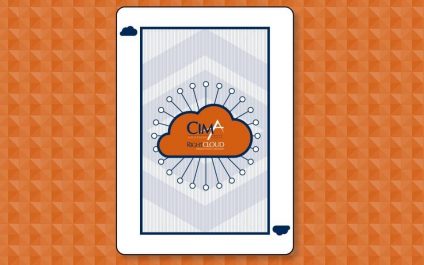
IBM InterConnect 2016 is quickly approaching, but there's still time to register if you haven't already done so. This year's event will be jam-packed with all the content, presentations, product demos and training opportunities you need to make the most of cloud and mobile technology from IBM and its partner ecosystem.
Disaster Recovery as a Service: What it is?

Cloud computing has allowed IT teams to improve their operations in a variety of ways, so it’s no surprise that cloud services have now extended to disaster recovery. With disaster recovery as a service (DRaaS) offerings, organizations get an efficient, effective and affordable way to meet their disaster recovery needs, in addition to other important benefits.
The 2016 build vs buy question – Cloud, Hyper-converged or Bare-Metal

Alright all of you honey-do procrastinators, Punxsutawney Phil did not see his shadow! That means Spring time is coming early so you better start planning for all your outdoor DIY projects. If you are like me, my mind races to "Should I build it or can I find something already built that will give me my weekend back?"
For IT projects, the 2016 build vs buy paradigm is very different than what it was just a few short years ago . Infrastructure solutions were primarly bare metal servers and storage to run the latest software acquired to produce more revenue, to reduce costs.

